John Mock & Kimberley O'Neil
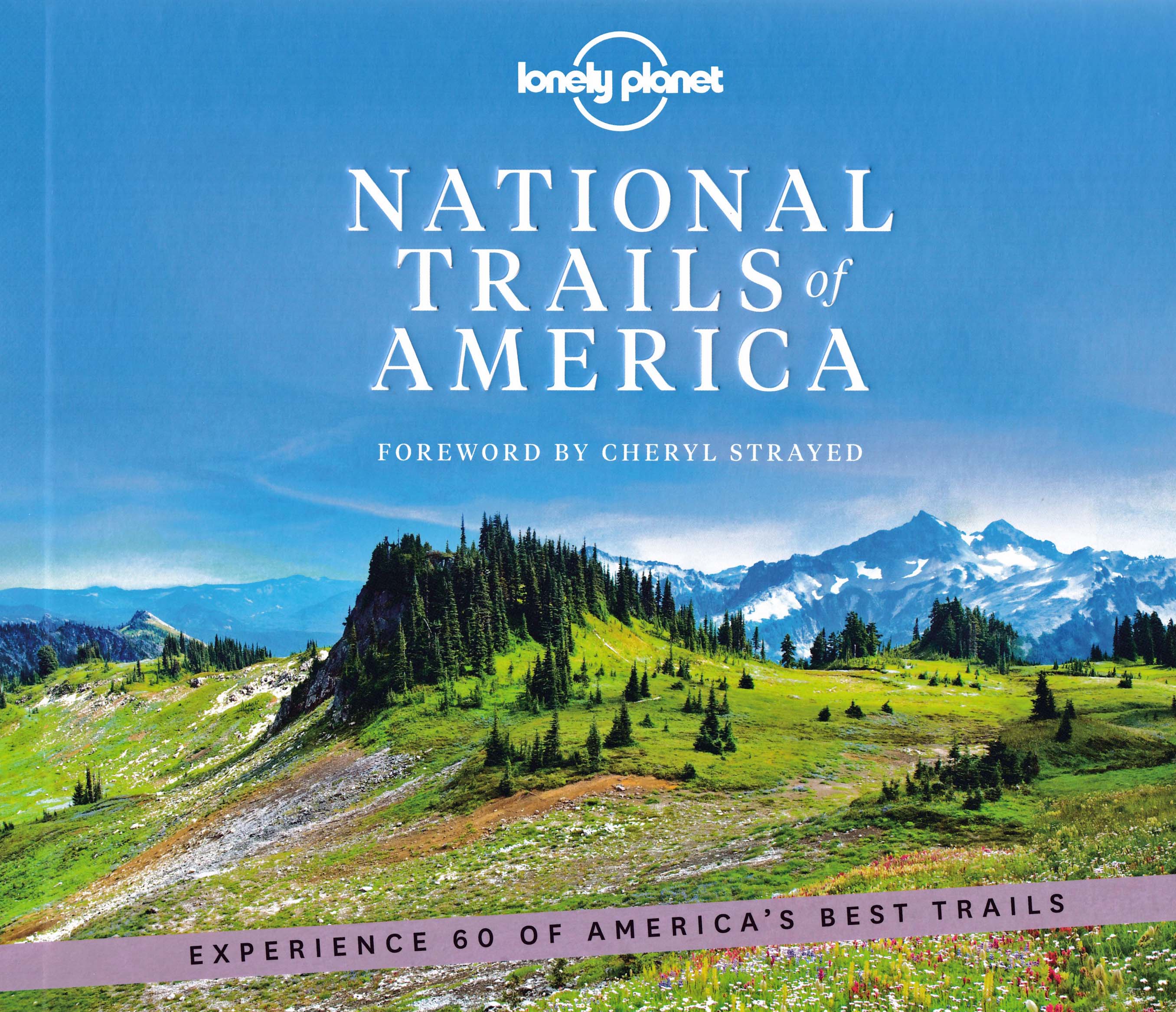
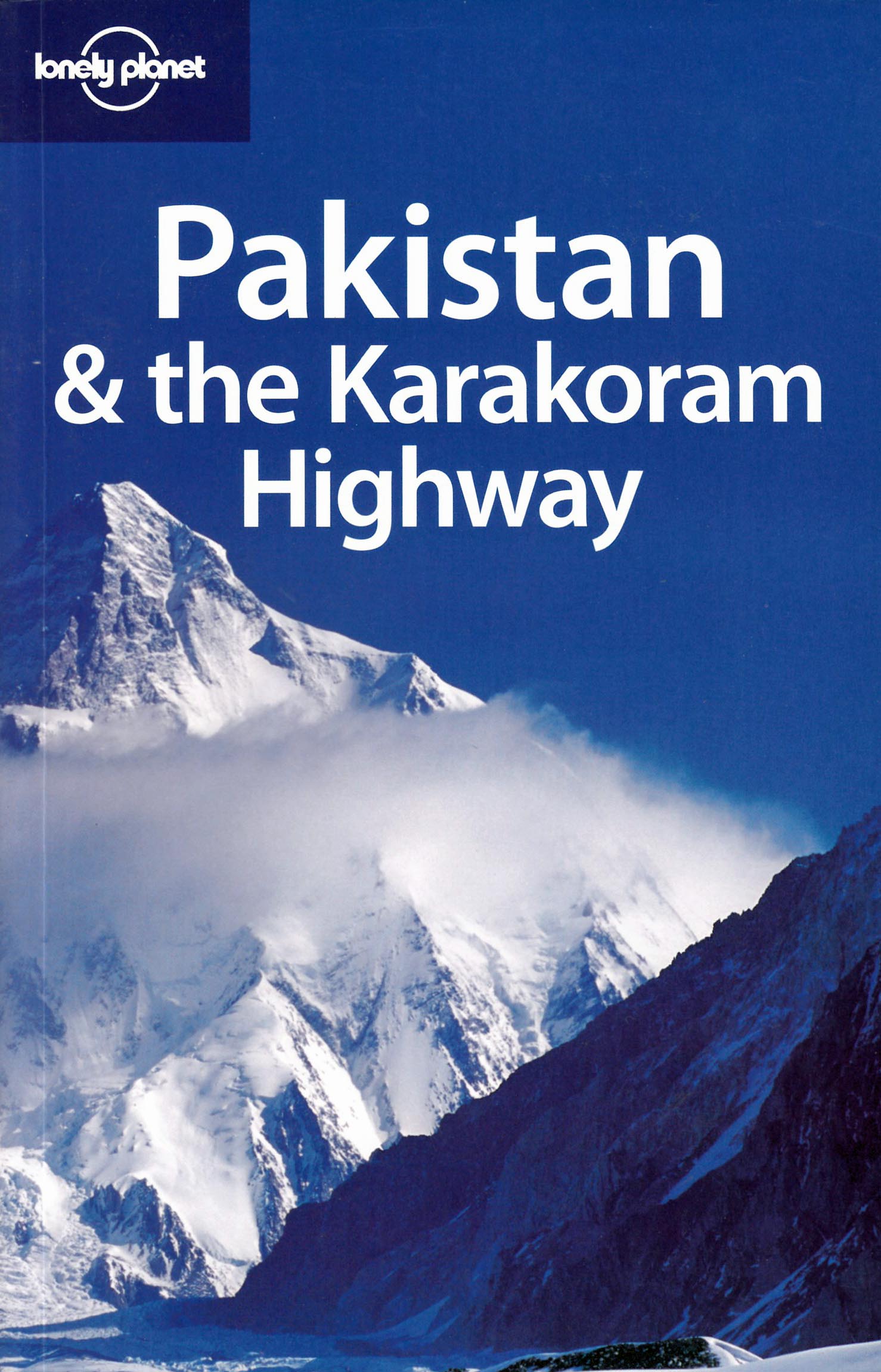
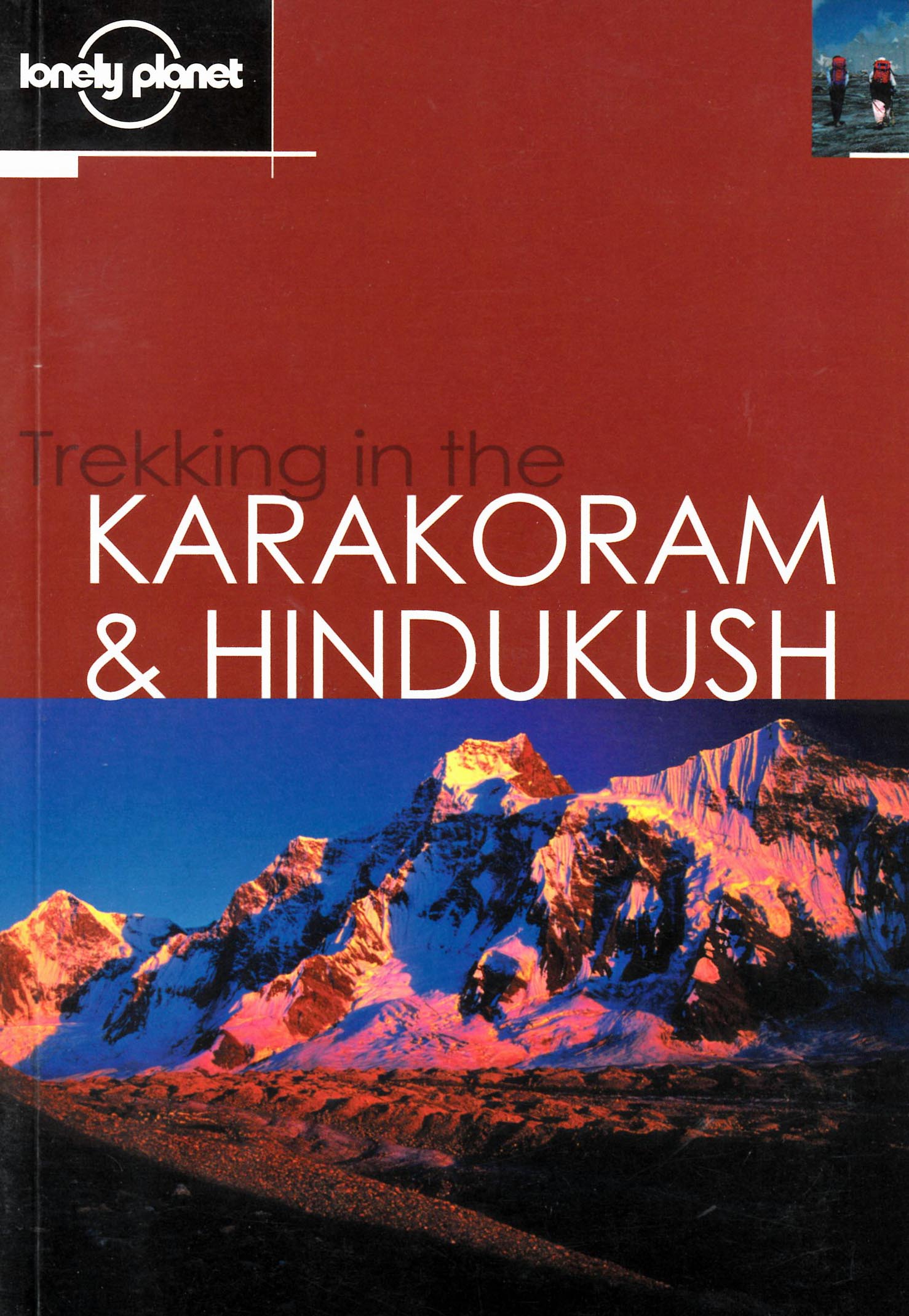
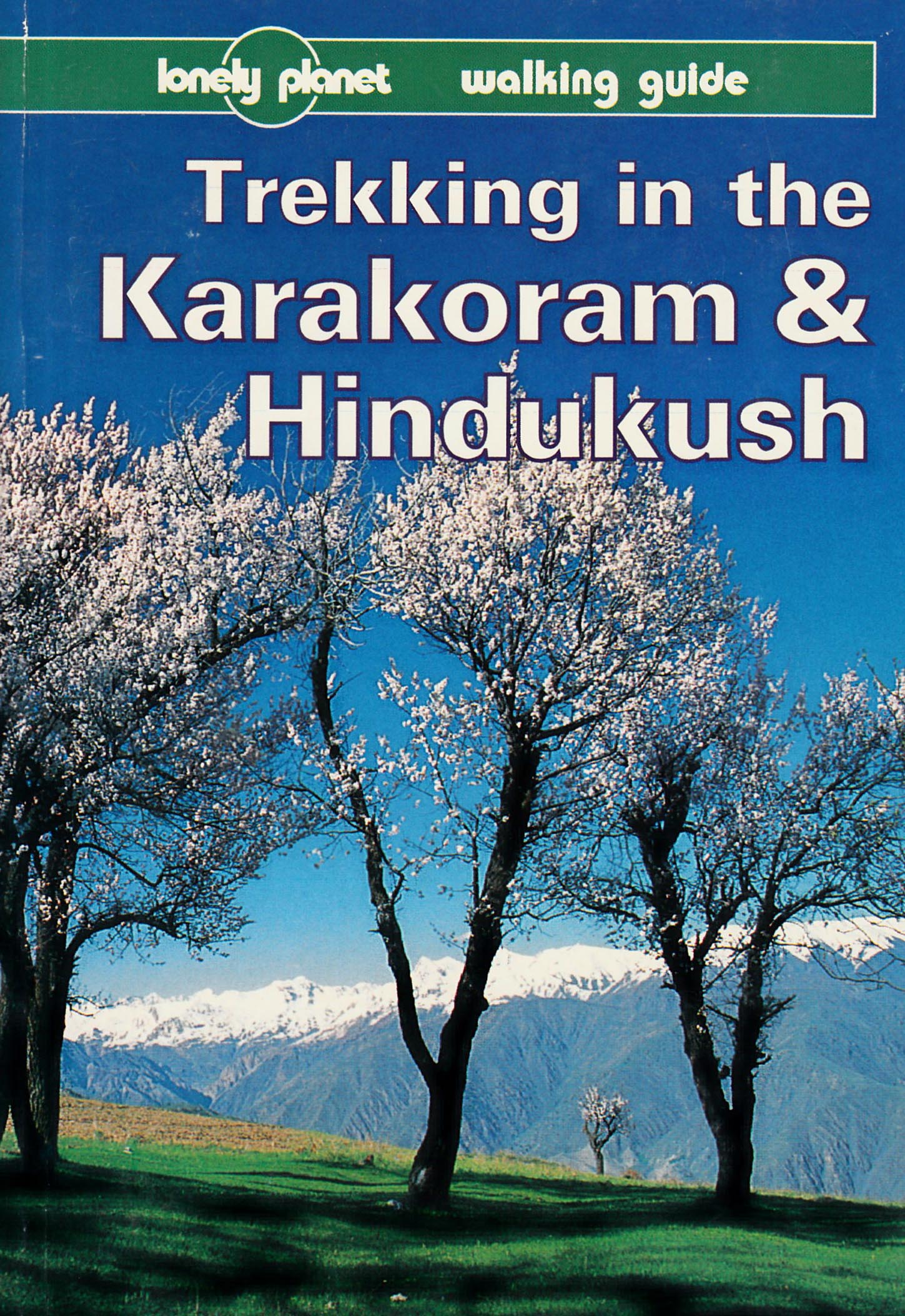
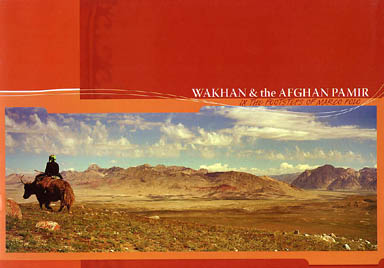
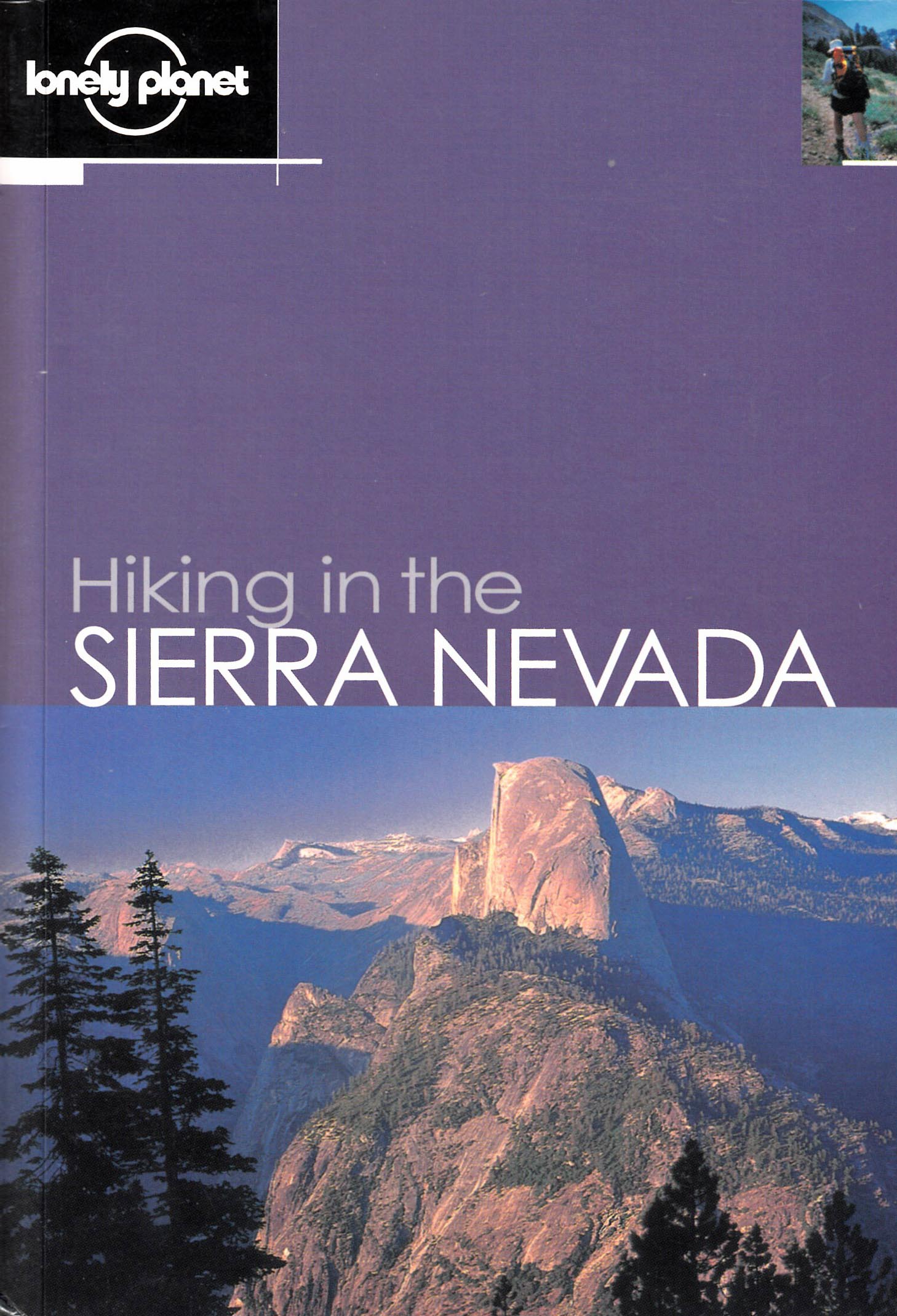
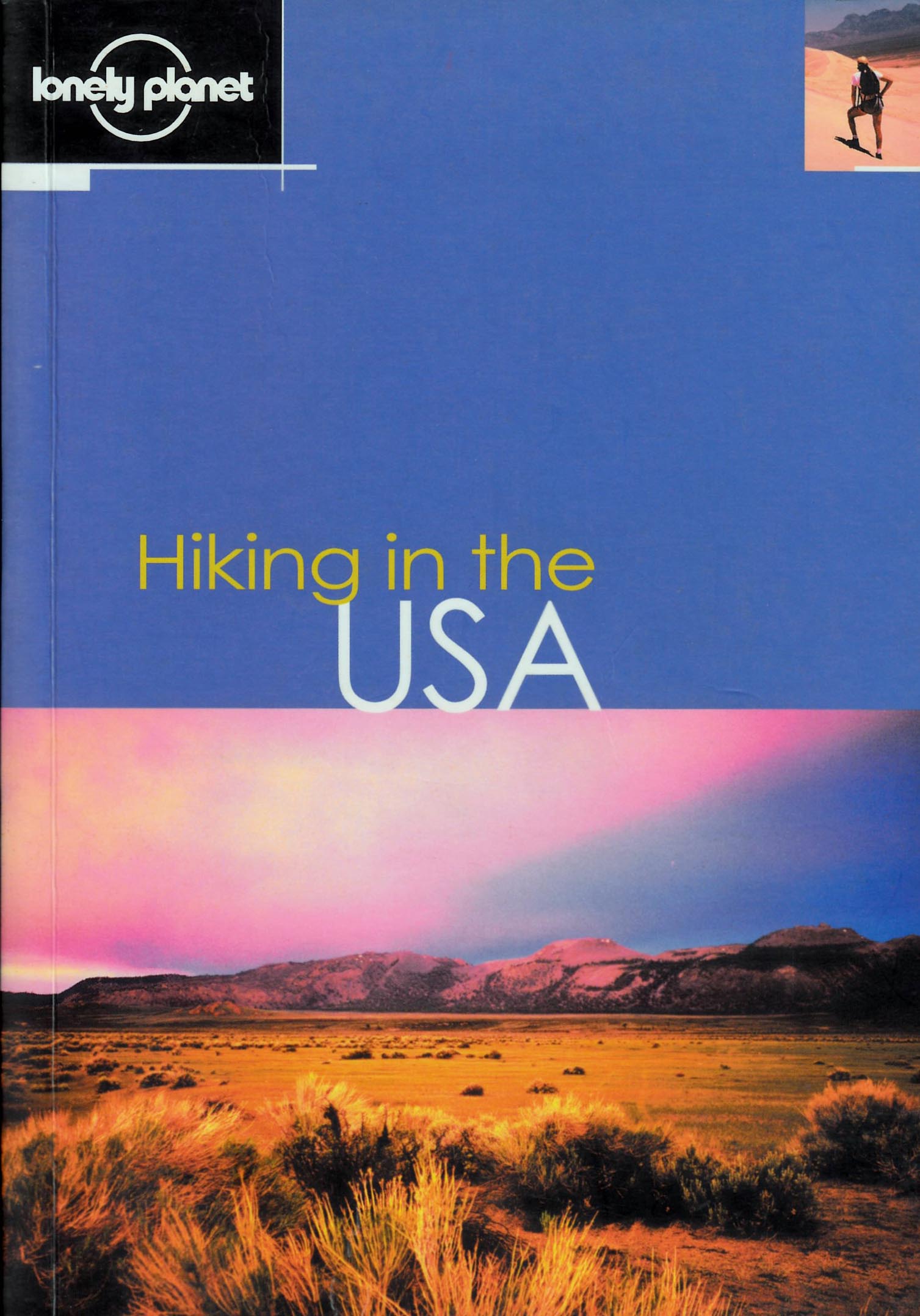
John Mock & Kimberley O'Neil |
||
|
|
||







|
Exploration HighlightsLearn about several of their most interesting treks and expeditions in the Pamir, Hindukush and Karakoram during the past forty years. |
||
Publication HighlightsRoots of PeristanThe following three chapters are published in Roots of Peristan: The Pre-Islamic Cultures of the Hindukush/Karakorum, A.M. Cacopardo, A.S. Cacopardo, eds., Roma, ISMO - Associazione Internazionale di Studi sul Mediterraneo e l'Oriente (2023, 669-686, 591-612 and 687-702): "Tibetans in Gilgit and Wakhan - New Data, New Implications"Several rock art and inscription sites discovered by the author in Afghanistan's Wakhan Corridor display numerous Tibetan inscriptions and associated chorten (stupa) figures. The locations correlate with the Tibetan and Tang imperial records of the 7th-9th century Tibetan-Chinese rivalry in the Pamir and Gilgit regions. Attributes of the inscriptions support their historical assignment to the Tibetan Empire. Interestingly, several inscriptions bearing the clan name smer point to a possible post-imperial occupation of one of the Wakhan sites by the West Tibetan kingdom in the 11th century around the time of the fall of Khotan to the Qarakhanids. This scenario is bolstered upon re-examination of previously published Tibetan inscriptions in the Gilgit region. If so, then the current scholarly assumption that by the end of the 9th century, Tibetan influence no longer extended to Wakhan should be re-evaluated, with concomitant implications for the Gilgit region. "On the Etymology of the Title Tham of Burusho Kings"This paper examines the four possible sources for the title Tham of the Hunza mirs. Since the 19th century, scholars have discussed Chinese, Old Turkish, Sanskrit and Burusho, the Hunza language itself, as possible sources for the title. The presentation will review the various arguments in light of current knowledge of the history of Hunza and the Burushaski language, and offer initial findings for discussion. "On the Onomastics of Shri Badat, the Cannibal King of Gilgit"This paper revisits a topic about which I previously wrote (Mock, 1998 "The Cannibal King of Gilgit") and discusses the hypothesis of that earlier work in light of subsequent epigraphic and historical studies of the 7th-8th century Palola Shahi dynasty of Gilgit, textual evidence from South and Central Asia and concurrent ritualistic practices in the western Himalaya. The paper discusses the onomastics of the name Shri Badat with an interest in exploring the origins of the story and brings to bear research in Sanskrit and Tibetan manuscript studies to suggest a new interpretive framework for the legend of the cannibal king. This evidence suggests a chronology for both the legend and its appearance in Gilgit. In so doing, it offers an interesting perspective on the cultural history of the Gilgit-Hunza region. |
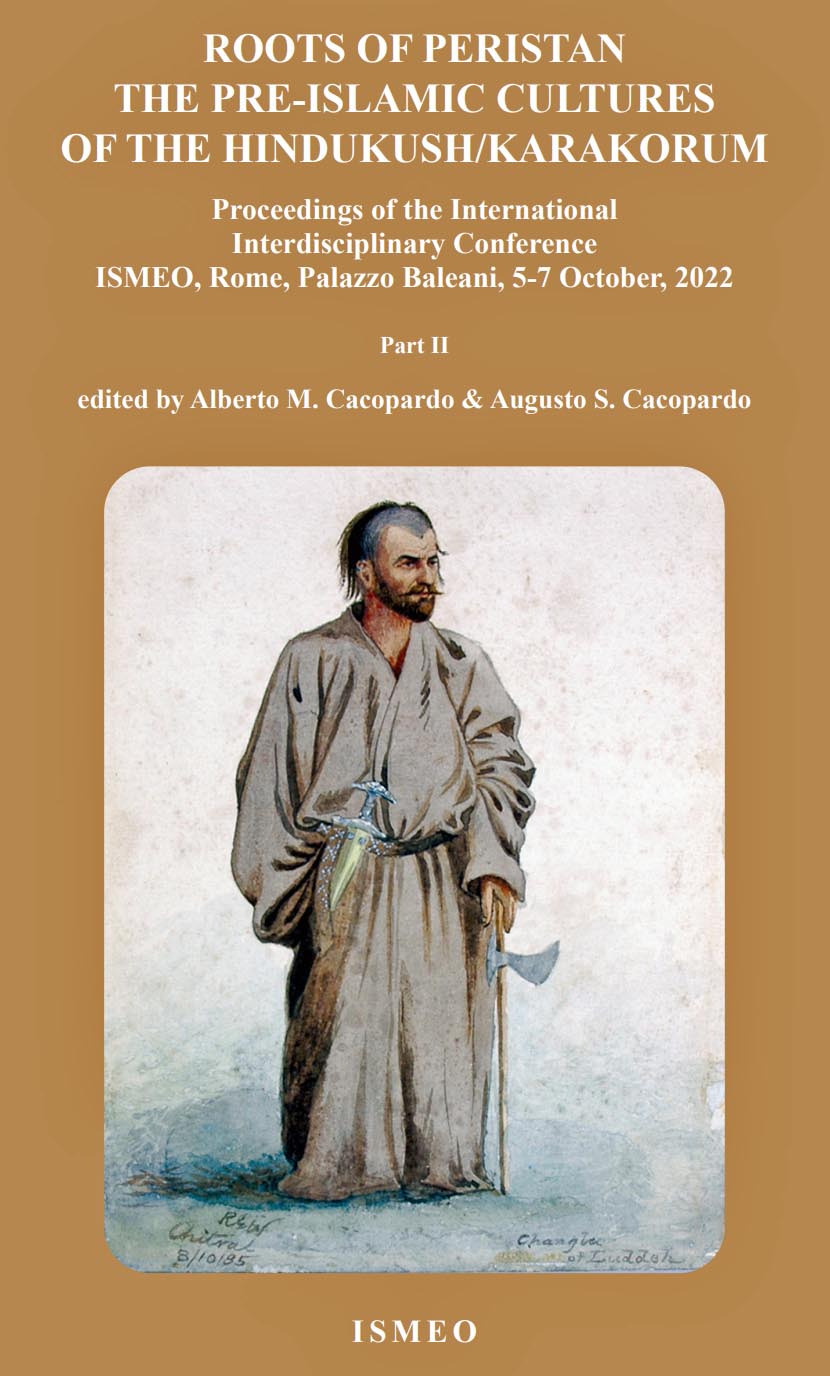
|
|
Wakhi LanguageThe following two chapters are published in Languages of Northern Pakistan: Essays In Memory of Carla Radloff, J. Baart, H. Liljegren, T. Payne, eds., Karachi, Oxford University Press Pakistan (2022, 131-146 and 301-316): "Orality, Literacy and Scholarship: Shifts in Gender, Genre and Performance of Wakhi Oral Expression"Wakhi people reside in contiguous mountain valleys where Pakistan, Afghanistan, Tajikistan, and China meet. Soviet-era scholars working in the Tajik SSR described the unwritten Wakhi language and published texts of Wakhi stories and songs in a phonemic transcription. These have stimulated Wakhi poets to use this transcription system to write poetry, a fascinating situation in which the transmission and production of a culture's oral expressive forms are being altered by the work of the scholars who study the culture. This paper, based on field research in northern Pakistan and published material from Afghanistan and Tajikistan, looks at a specific traditional genre, bulbulik, which has been adapted and incorporated into a separate, modern genre, bayd. The paper discusses the introduction of a mode of literacy in an oral culture, the implications for models of transmission and performance, and suggests that socio-economic change underlies change in performance context and genre boundary. "Recent Developments in Wakhi Orthography"by Fazal Amin Beg, Ph.D. Candidate Quaid-e-Azam University (pictured at center), John Mock, Ph.D., and Mir Ali Wakhani, B.A. Kabul University (pictured at right) The Eastern Iranian Pamir language Wakhi is the mother tongue of approximately 50,000 people in the adjacent mountainous regions of Afghanistan, Tajikistan, China and Pakistan. The position of Wakhi in these four countries produces an "interesting sociolinguistic laboratory" (Bashir 2009: 826). Twentieth century linguistic scholarship has engendered a keen interest in Wakhi literacy in the Wakhi population. However, the visible representation of the acoustic phenomena of spoken Wakhi takes different forms in each country. This article discusses these recent orthographic innovations, the motivations that led to them, the advantages and disadvantages of each, and the insights into Wakhi phonology that they offer. |
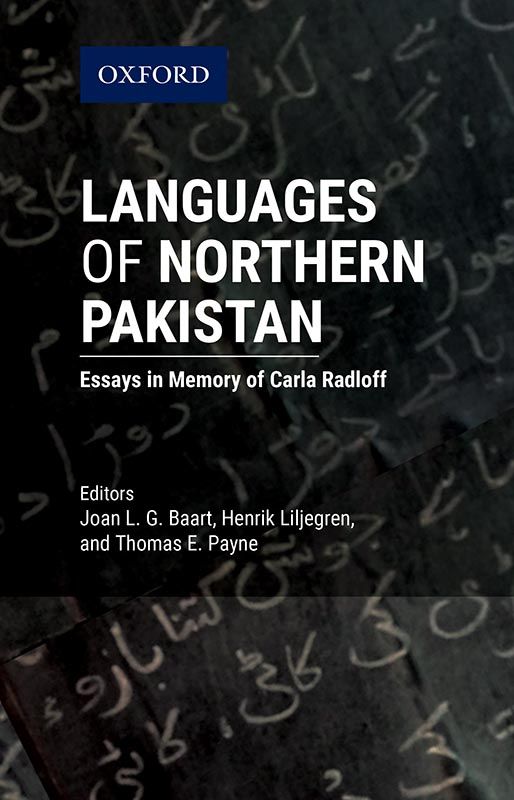
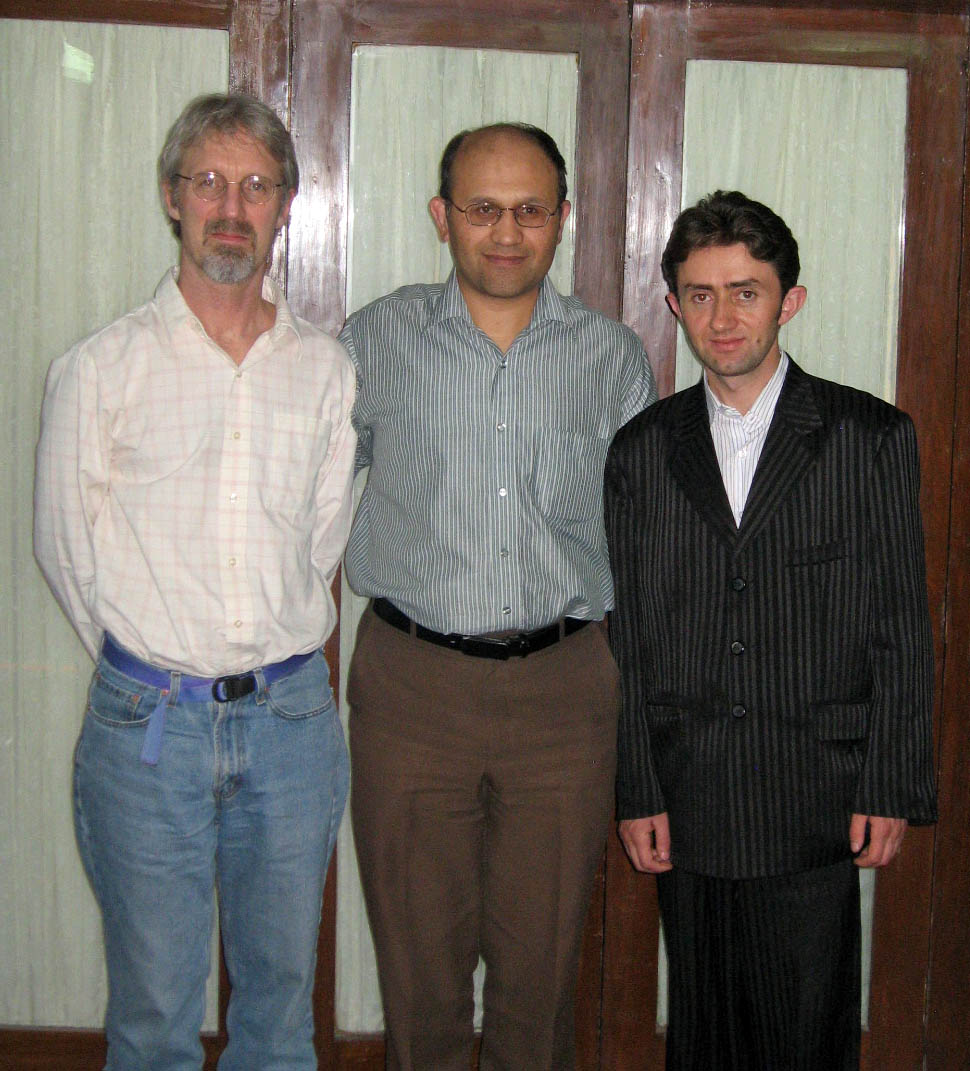
|
|
Translating Tibetan History into Tibetan"Speak to people in their own language … " Mushkil Baba In 2015 Shawo Khacham (pictured at right), who is on the faculty of Tibet University in Lhasa, contacted me to ask if he could reprint portions of two of my articles (inscriptions and photographs) about the Tibetan Empire in Wakhan. The articles, A Tibetan Toponym from Afghanistan and Darkot Revisited: New Information on a Tibetan Inscription and mchod-rten were first published in Revue d'Etudes Tibétaines (2013). Shawo's article on the Tibetan Empire in the western Himalaya, Introduction on Western Himalayan Imperial Tibetan Inscription, then appeared in the Tibetan-language journal Tibetan Studies (2016, No. 1, 68-75). In 2017, Shawo contacted me to ask if he might prepare a Tibetan translation of my article Tibetans in Wakhan: New Information on Inscriptions and Rock Art, first published in Revue d'Etudes Tibétaines (2016). The translated article was published online on Tsan Po and received more than 11,000 views in the first five days. In 2018, Shawo contacted me to ask permission to translate The Red Buddha Hall Revisited: New Information about the Tibetan and Tang Empires in Afghanistan Wakhan, first published in Revue d'Etudes Tibétaines (2018). The translated article was published in Journal of Qinghai Nationalities University (2018). I am gratified to see that there is interest in the history of the Tibetan Empire in the western Himalaya and Pamir within the Tibetan community, who are not aware of this aspect of their cultural history. The northwest Pamir-Gilgit region is recognized as an important place for early development of philosophies that have shaped Tibetan society, but there is not much actual field work done to discover the materials that remain in existence from those earlier times. I thank Shawo Khacham for translating my articles and making them available to the Tibetan community. (J. Mock, March 2019) |
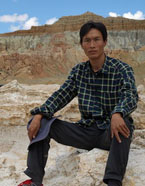 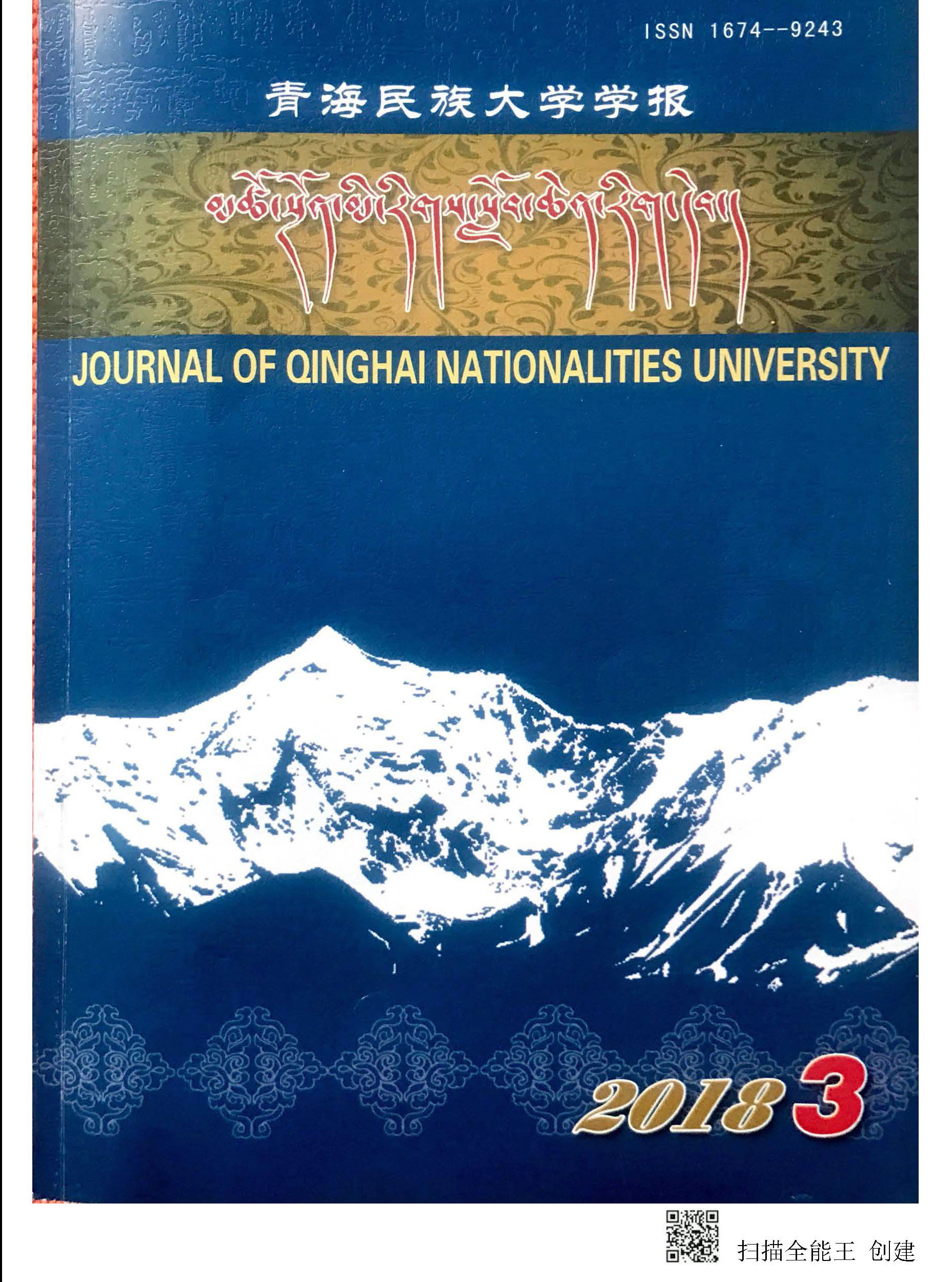
|
|
"Why the Ferguson Fire Didn’t Destroy Yosemite West: 15 Years of Wildfire Mitigation Generates a California Wildfire Success"After the 2018 Ferguson Fire, the Fire Adapted Communities (FAC) Learning Network - a national peer network that connects people who promote wildfire resilience – contacted us. FAC’s Lenya Quinn-Davidson had worked with Kelly Martin, Chief of Fire and Aviation Management in Yosemite National Park, on the Women-in-Fire Prescribed Fire Training Exchange (WTREX) that advances female fire practitioners’ leadership in wildland fire management, and Chief Martin suggested that FAC reach out to us. FAC then asked us to write a first-person blog highlighting our California wildfire “success” story (January 2019). We saw it as an opportunity to share some of what we’ve learned implementing hazardous fuel reduction projects and to thank the many people, organizations and agencies who were involved in the effort. John Mock, Ph.D. and Kimberley O'Neil successfully procured and implemented nine grants totaling more than $840,000 for development and adoption of the Yosemite West Community Wildfire Protection Plan and for hazardous fuel reduction projects in and around Yosemite West, a community in the Wildland Urban Interface. The National Park Service presented them with an Outstanding Achievement Award. |
||
Afghanistan's Wakhan Corridor & the Afghan PamirLearn about their Publications on Afghanistan's Wakhan Corridor & the Afghan Pamir (2006-2019). |
||
"No American, No Gun, No BS: Tourism, Terrorism and the Eighteenth Amendment,"The chapter "No American, No Gun, No BS: Tourism, Terrorism and the Eighteenth Amendment," by John Mock, Ph.D. appears in Development Challenges Confronting Pakistan (2011, Buy this book, ISBN 1-56549-553-5). In this book, the global scholarly community concerned with development and social transformation has identified explicit "structural impediments" that constrain countries’ efforts to alleviate poverty and promote sustainable social development. The UNDP, in launching its Millennium Development Goals, contends that there are “practical, proven solutions” to breaking out of the poverty traps that entangle poor countries. In Pakistan, there has been limited substantive research conducted to identify the unique blend of structural impediments to development that prevail in the country today. Indeed, Pakistan’s prospects to promote viable, sustainable social development appear bleaker today than a decade ago. Development Challenges Confronting Pakistan seeks to rectify this void by bringing together scholars and practitioners—many of them from Pakistan—to provide a scholarly understanding of the structural impediments, or barriers, that have negative effects on Pakistan’s ability to eliminate poverty, promote social justice and implement policies to promote equity. This book will be an essential tool for analysis, study and practice. Its publication is indeed a major event in South Asian scholarship. Reviewers' Comments"Although scholars and practitioners have identified explicit structural impediments that contrain contries' efforts to alleviate povery and promote sustainable social development, there has been limited research conducted to identify the specific barriers to development that previal in Pakistan today. The authors of Development Challenges Confronting Pakistan go far toward filling this voic, articulating the unique blend of factors that affeect Pakistan's ability to eliminate poverty and promote social justice." Lynne Rienner Publishers "Offers congent analysis and astute observations on relevant topics…. Highly recommended." CHOICE |
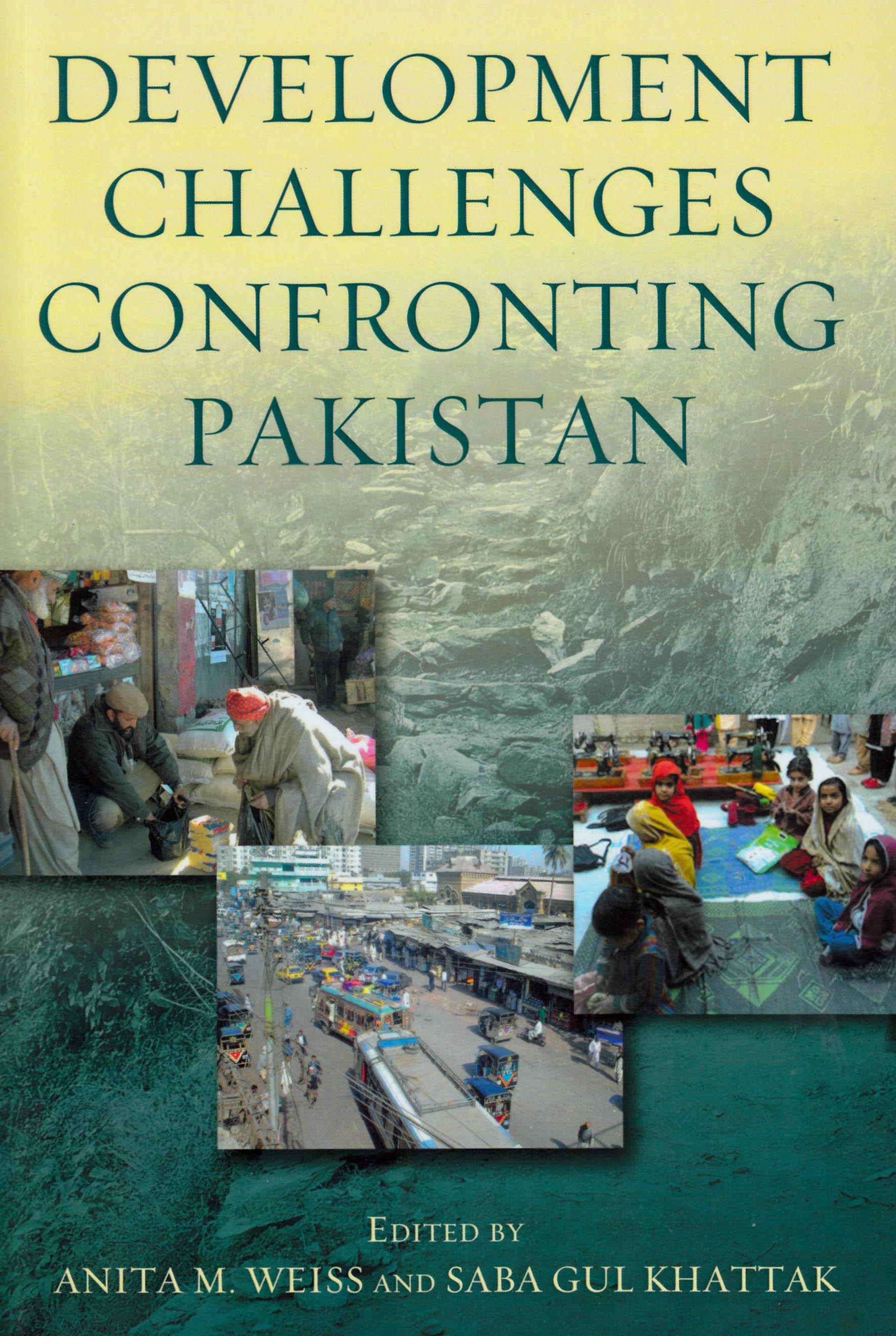 |
|
 |
Winners of the 2002 National Outdoor Book AwardJohn Mock and Kimberley O'Neil were awarded the 2002 National Outdoor Book Award in the Adventure Guidebook Category in Honor of Outstanding Writing in the Outdoor Field for the 1st edition of Hiking in the Sierra Nevada. |

|
Trekking in the Karakoram & HindukushJohn Mock, Ph.D. and Kimberley O'Neil coauthored the first guidebook to trekking in the Karkaram & Hindukush mountains that contains daily trekking route descriptions. |
 |
|
Other Endeavors |
||
Wakhan Declared Afghanistan's Second National ParkIUCN World Commission on Protected Areas (WCPA) published in its June 2014, No. 82 issue of The Mountain Protected Areas UPDATE: "The Wildlife Conservation Society applauds the Afghanistan Government's recent declaration establishing the entire Wakhan District, one of the most remote areas of Afghanistan, as the nation's second national park. The Wakhan National Park, with its beautiful alpine grasslands and craggy mountains, will provide protection for Afghanistan's rare and vulnerable wildlife such as the snow leopard, Marco Polo sheep, lynx, Himalayan ibex and urial. This new protected area will be co-managed by the Afghanistan Government and local communities, providing livelihoods related to the park and improved services to one of the poorest and most isolated regions on earth. The new park, just over 1 million hectares or 4,200 square miles, is in Afghanistan's far northeast, and borders Tajikistan, Pakistan and China; its narrow valley landscape is sandwiched between the Pamir and Hindu Kush Mountains. This huge new protected area is about 25 percent bigger than Yellowstone National Park. Network members John Mock, Ph.D. and Kim O'Neil, and George Schaller have been working toward this end. This is indeed good news!" |
||
Yosemite National Park Fire and Aviation Management Outstanding Achievement AwardYosemite National Park Fire and Aviation Management Outstanding Achievement Award is presented to John Mock and Kimberley O'Neil in recognition of their procuring funds and conducting hazard fuel reduction projects to potentially reduce the threat of catastrophic wildfire to the community of Yosemite West (2013). Read more. |
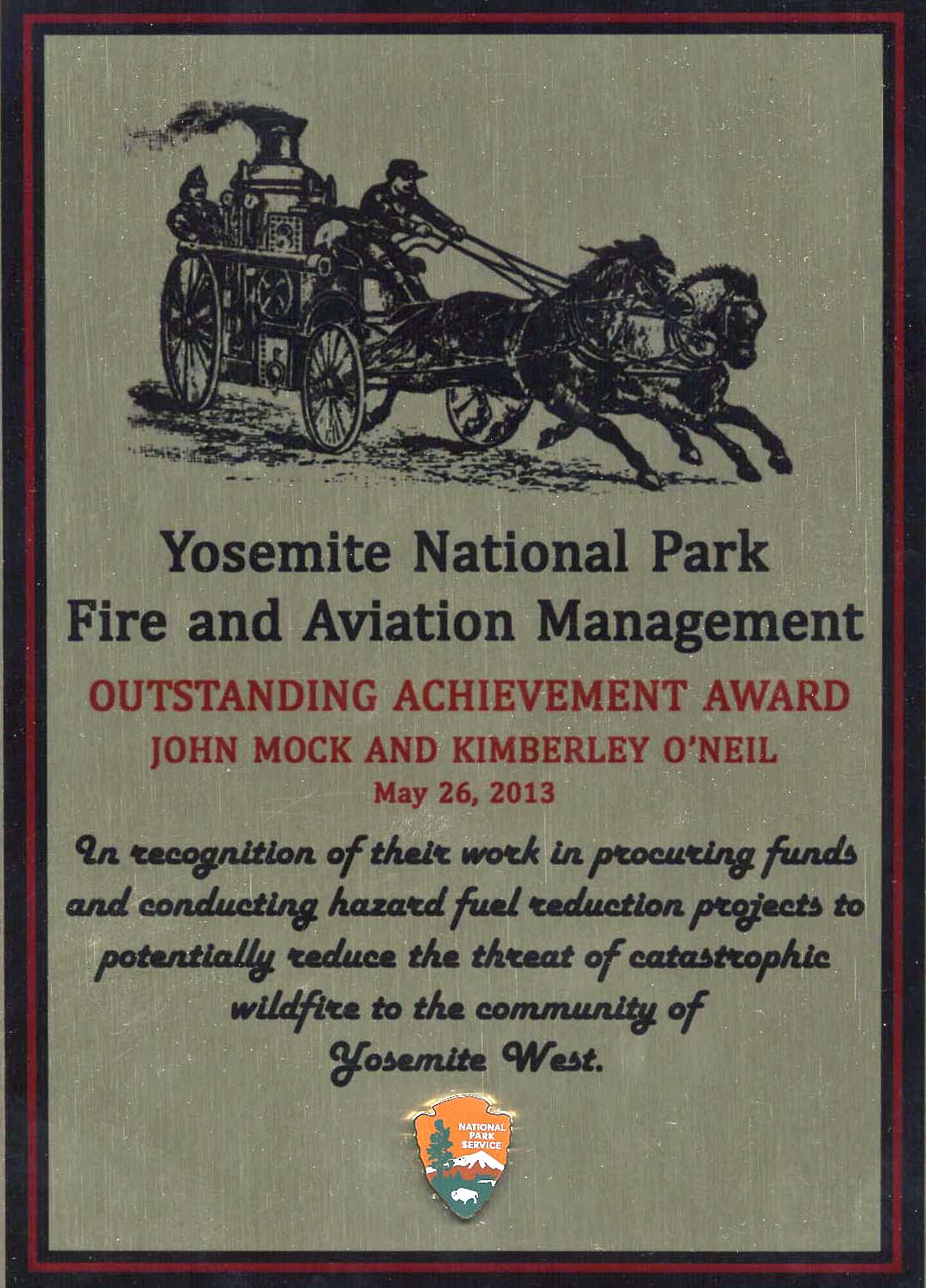 |
|
John Mock Becomes a Getty Images ArtistAs of August 1, 2012 John Mock’s creative images are managed exclusively by
Getty Images
|
 |
|
2016 Lectures & Conferences |
||
|
John presented a paper, "Sociolinguistic Perspective on Language and Governance in Gilgit-Baltistan: Background, Concepts and Issues" at a workshop on Law and Governance in Gilgit-Baltistan held at the Nantes Institute for Advanced Studies, Nantes, France, April 26-28, 2016. John gave a talk entitled The Tibetan Empire in the Afghan Pamir: Recent Discoveries from Wakhan on April 29, 2016 at the East Asian Civilisations Research Centre (CRCAO) at the Collège de France, Paris, France. He spoke about Wakhan, the remote north-eastern district of Afghanistan’s Badakhshan Province, and its intimate connection with the historical Silk Roads.
|
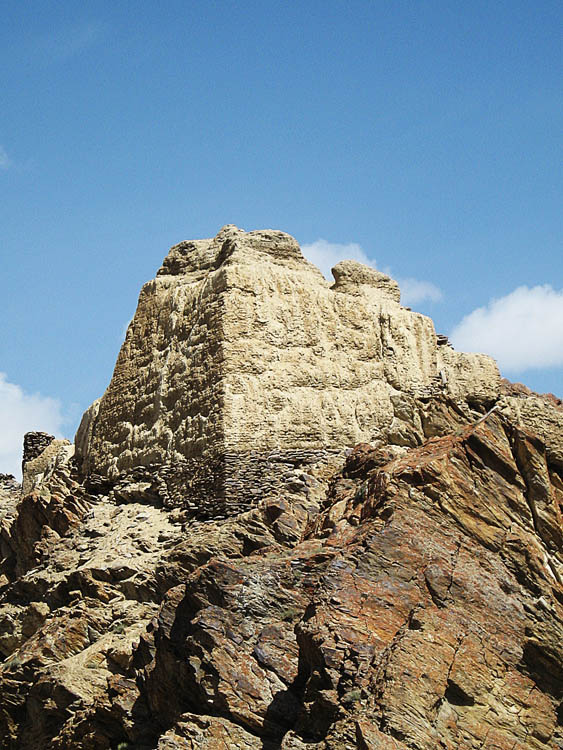 |
|
Press Releases & Clips |
||
 Copyright Text & Photographs © John Mock & Kimberley O'Neil 1997-2026 All rights reserved. Unauthorized redistribution of this document is prohibited. |